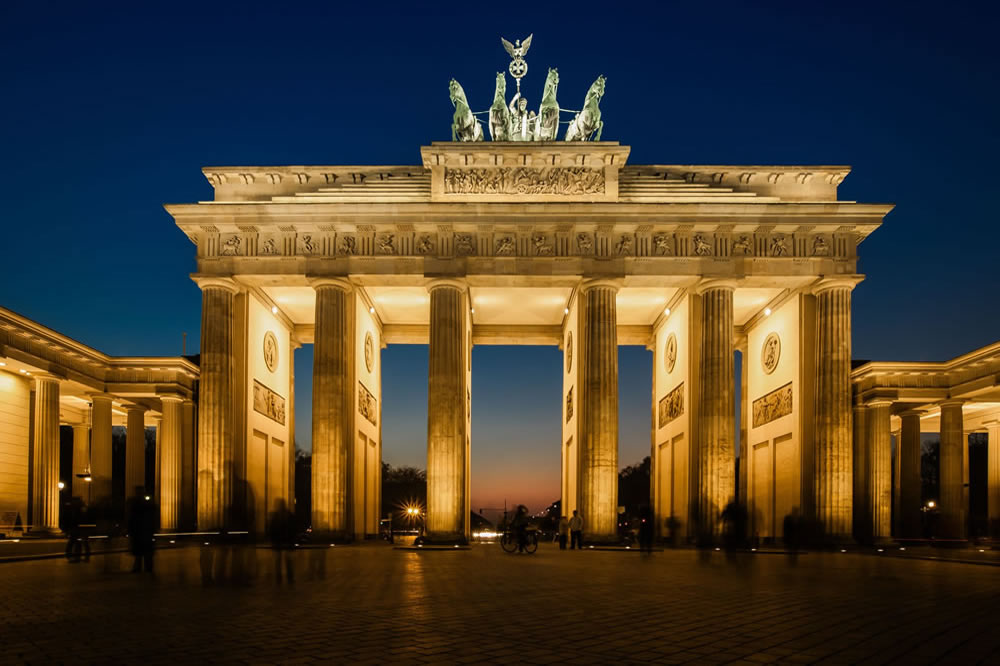November 2024
Puccini in Prague
Musica Europa’s Opera Club has recently returned from a good time in Prague, a stunning city with a fairy-tale charm that lives up to its reputation. We had our usual mix of cultural, musical and gastronomic delights. Knowledgeable guides gave us a good understanding of Prague and on our day excursion to Kutna Hora, a fascinating insight into this UNESCO-listed historic town which flourished in the medieval era during its silver mining heyday..
Prague has, so to speak, made classical music and opera an industry. Between the churches of the Old Town where you can hear almost daily performances of The Four Seasons, the city also has the Rudolfinum for symphonic concerts (one of the best acoustics in the world) and no less than three opera houses each with their respective troupe that offer an impressive number of performances throughout the year.
These three Opera Houses – all architectural and cultural gems – tend to specialise. The State Opera, inspired by Vienna’s opera house, offers an elegant setting for German and other international productions. It is Mozart for the Estates Theatre for which he created Don Giovanni and La clemenza di Tito. The National Theatre (Narodni Divaldo) is a symbol of Czech pride and regularly stages Czech rarities as well as more popular performances such as Smetana’s Bartered Bride
The Opera Club attended three Puccini operas this time – Tosca, Turandot and La bohème and there was an agreed thumbs up for all three productions.
Tosca, performed in the beautiful State Opera was a truly classical occasion and performed faithfully. A dramatic, sharply cut and clear story line with wonderful flowing music and a striking set – black and white giant photo posters of the three classic locations – the church of Sant Andrea della Valle, the Palazzo Farnese and the top of Castel Sant’Angelo.
Turandot followed Tosca, this time in the Narodni Divaldo. An excellent evening! An irreproachable orchestra and beautiful soloists all from the opera house’s own troupe other than the fine Italian tenor Angelo Villari, who took the lion’s share role of Calaf. Zuzana Gilhuus, the opera director, treated the production with a minimalism that befitted the work. Costumes and colours limited to black and white, the choir occupying a square under rhe golden midnight blue roof and the main characters taking more statue like poses with dancers appearing to enhance the scenes.
La bohème and back to the Statni Opera. This most frequently staged opera is a celebration of youth, love and joie de vivre seen through the eyes of Parisian bohemians. Four young Montmartre artist friends, always skint yet happy, live life to the full through love affairs and breakups, that is until the death of one of the friends’ girlfriends. Despite this tragedy, the four Parisian artists’ friendship continues as before. This is how the director of this State Opera production, Ondřej Havelka sees it. He, with elegance and gentle humour, eases the plot’s tragic situations and captures the mood of late 19th century Paris
Prague is a haven for opera enthusiasts, we shall be back!





























